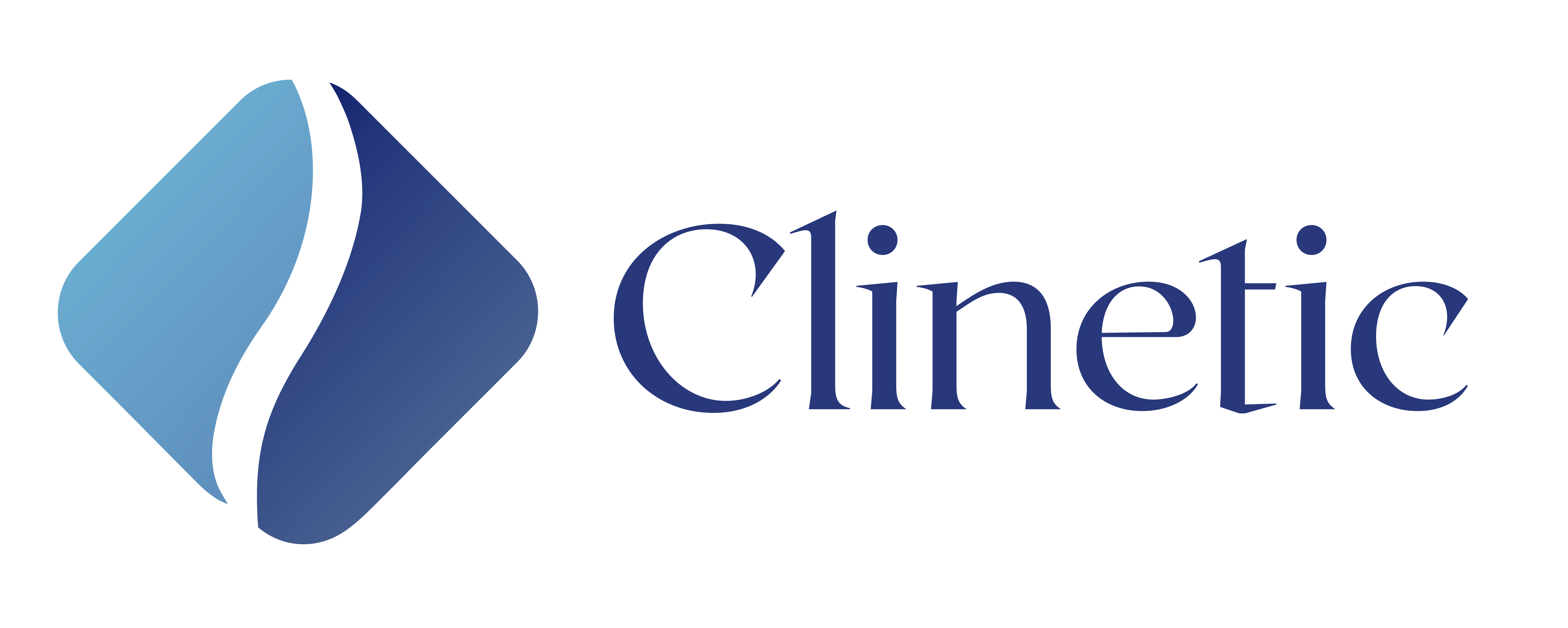Neck Pain
What is neck pain?
Neck pain ranges from dull muscle aches to sharp pains in the neck. Neck pain restrains the movement of the neck and can lead to other conditions such as headaches and migraines. The main cause of neck pain is from muscle stiffness, trigger points, and/or the locking of spinal joints. This imbalance causes spasms of muscles in the neck and shoulders, further contributing to pain and discomfort.
Neck pain can be either chronic or acute. Chronic neck pain is caused by muscle weakness and poor posture whereas acute neck pain is caused by injury, overuse, whiplash, nerve impingement, or inflammation.
Causes of neck pain include:
- Muscle sprains, strains
- Whiplash injuries due to a car accident, fall or head trauma
- Overuse injuries such as repetitive neck movement
- Poor posture causing muscle spasm or active trigger points
- Rigidness of thoracic spine
- Facet joint inflammation
- Degenerative disc disease
- Nerve impingement
- Herniated or bulging discs
- Fractures
What are the symptoms of neck pain?
Symptoms of neck pain include:
- Pain that’s often worsened by holding your head in one place for a prolonged period
- Muscle tightness & spasms
- Decreased head mobility
- Headaches/migraines
How is neck pain treated?
The most efficient way to treat neck pain is by finding the cause of the condition. For example, Myofascial neck pain; neck pain due to muscles and other soft tissue of the neck area, is resolved through a combination of chiropractic, physiotherapy, massage therapy and acupuncture to relieve pain.
Treatment programs that are commonly utilised include strengthening and mobility exercises and patient education. Neck pain is usually resolved with a myriad of different treatments by chiropractors and physiotherapists with a combination of exercises, manual techniques, and education.
Common neck pain treatments include:
- Manual therapy by a physiotherapist, chiropractor or osteopathic practitioner to improve neck and upper back joint mobility
- Acupuncture or dry needling to treat pain and inflammation
- Massage therapy to release muscle tension, improve blood circulation and mobility
- Cold or heat
- Laser Therapy, Ultrasound Therapy, Shock Wave Therapy in different stages to assist in tissue healing
- Rehabilitation exercises focused on next stabilisation and postural muscle retraining
- TENS, and IFC modalities may be used to manage pain

